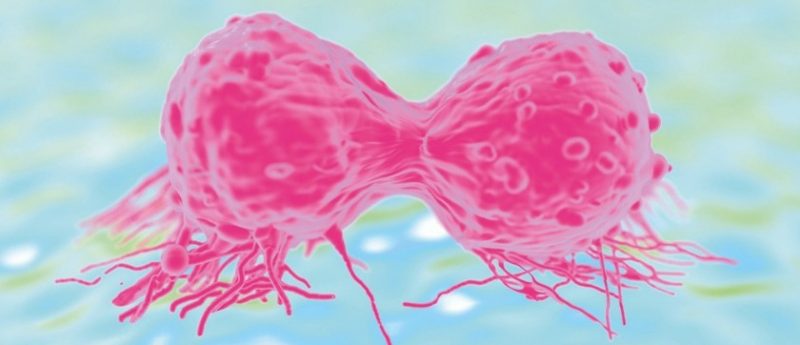A prospective clinical study of the implications of IL-8 in the diagnosis, aggressiveness and prognosis of prostate cancer

Aim: We evaluated the relationship between IL-8 and prostate cancer (PCa) with emphasis on diagnosis, aggressiveness and prognosis. Materials & methods: Prostate-specific antigen (PSA) and serum IL-8 were collected from patients undergoing prostate biopsy. IL-8 expression was evaluated on immunohistochemistry with IL-8 labeling index. Complete follow-up of this cohort was achieved over a period of up to 6 years with continuous follow-up of PSA levels. Results: Among 135 patients, serum IL-8 level did not correlate to the diagnosis or aggressiveness of PCa. In 52 radical prostatectomy specimens, a higher IL-8 labeling index was detected in the tumor areas (0.4 ± 0.2 vs 0.33 ± 0.2; p = 0,007) but did not correlate to any of the prognostic markers: D’Amico classification (p = 0.52), Gleason score (p = 0.45), perineural (p = 0.83) and capsular invasion (p = 0.75). No correlation was found to PSA biochemical-free failure. Conclusion: IL-8 serum level was not a significant predictor of diagnosis, aggressiveness or prognosis of PCa.
During the last 15 years, prostate cancer (PCa) has become the leading cause for cancer incidence in men with 1.4 million new cases per year [1]. These stems mainly from the widespread use of serum prostate-specific antigen (PSA)-based PCa screening. However, the limited specificity of PSA and the poor sampling of cancers under 2D transrectal ultrasonography guided biopsy have led to subsets of patients with significant disease being undiagnosed and others with clinically insignificant disease were unnecessary treated [2]. Therefore, mortality from PCa has remained consistent [3]. At present, the great challenge is the development of more accurate diagnostic strategies to better risk-stratify patients and to facilitate clinical decision making. This is a timely issue given the recent data on genetic and biologic behavior of prostatic cancer foci [4].
Click here to read the full article in Future Science OA.